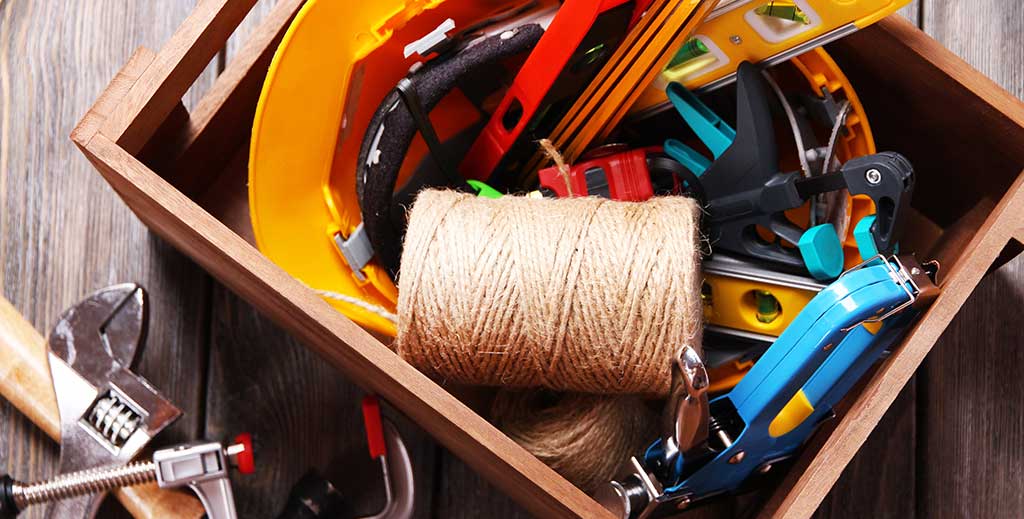“Sprains and Strains”
If you overextend yourself, and you hurt your back or arms, or any other body part for that matter, do you care if it’s a strain or a sprain? To really understand why a sprain or strain hurts so much or for so long, and to help you appreciate why you need to take care of your body, you have to know something about how your system works.
What Is a Sprain?
A sprain is an injury to a ligament (that’s the tissue that connects two or more bones at a joint). In a sprain, one or more ligaments is stretched or torn.
What Causes a Sprain?
Any number of events can cause a sprain. Falling, twisting, or getting hit can force a joint out of its normal position.
This causes ligaments around the joint to stretch or tear. Sprains occur if people:
• Fall and land on an arm
• Fall on the side of their foot
• Twist a knee.
Where Do Sprains Usually Occur?
In the general population, sprains happen most often in the ankle. Sometimes when people fall and land on their hand, they sprain their wrist. A sprain to the thumb is common in skiing and other sports.
What Are the Signs and Symptoms of Sprains?
The usual signs and symptoms of a sprain are:
• Pain
• Swelling
• Bruising
• Not being able to move or use the joint.
Sometimes people feel a pop or tear when the injury happens. A sprain can be mild, moderate, or severe.
What’s a Strain?
A strain is an injury to a muscle or a tendon (that’s the tissue that connects muscle to bone). In a strain, a muscle or tendon is stretched or torn.
What Causes Strains?
A strain is caused by twisting or pulling a muscle or tendon. Strains can happen suddenly or develop over days or weeks. A sudden (acute) strain is caused by:
• A recent injury made worse
• Lifting the wrong way
• Overstressing your muscles.
Chronic strains are usually caused by moving the muscles and tendons the same way over and over.
Where Do Strains Happen?
Two common sites for a strain are the back and the hamstring muscle in the back of the thigh.
If your children or grandchildren play sports such as soccer, football, hockey, boxing, or wrestling, they’re at risk for strains in the back or legs.
What Are the Signs and Symptoms of Strains?
A strain can cause:
• Pain
• Muscle spasms
• Muscle weakness
• Swelling
• Cramping
• Trouble moving the muscle.
If a muscle or tendon is torn completely, it is often very painful and hard to move.
How Are Sprains and Strains Treated? (At work no self-treatment is permitted; injuries must be reported)
Treatments for sprains and strains are the same. To reduce swelling and pain in the first day or two, doctors usually say to:
• Rest the injured area. If the ankle or knee is hurt, the doctor might tell you to use crutches or a cane.
• Put ice on the injury for 20 minutes at a time. The doctor might say to do this 4 to 8 times a day.
• Compress (squeeze) the injury using special bandages, casts, boots, or splints. Your doctor will tell you which one is best for you.
• Put the injured ankle, knee, elbow, or wrist up on a pillow.
• Take medicines, such as aspirin or ibuprofen.
After treating pain and swelling, doctors usually say to exercise the injured area. This helps to prevent stiffness and increase strength. Some people need physical therapy. You may need to exercise the injured area or go to physical therapy for several weeks. Your doctor or physical therapist will tell you when you can start to do normal activities. If you begin too soon, you can injure the area again. It is important to see a doctor if you have a painful sprain or strain. This helps you get the right treatments.
Can Sprains and Strains Be Prevented?
To help prevent sprains and strains, you can:
• Avoid exercising or strenuous work when tired or in pain.
• Eat a well-balanced diet to keep muscles strong.
• Maintain a healthy weight.
• Manage fall risks effectively
• Wear shoes that fit well.
• Get new shoes if the heel wears down on one side.
• Exercise every day.
• Be in proper physical condition to play a sport.
• Warm up and stretch before beginning lifting activity. Use correct lifting techniques
• Wear protective equipment.
“A people that values it’s privileges above its principles soon lose both” Dwight Eisenhower
Thanks for the share TO!



